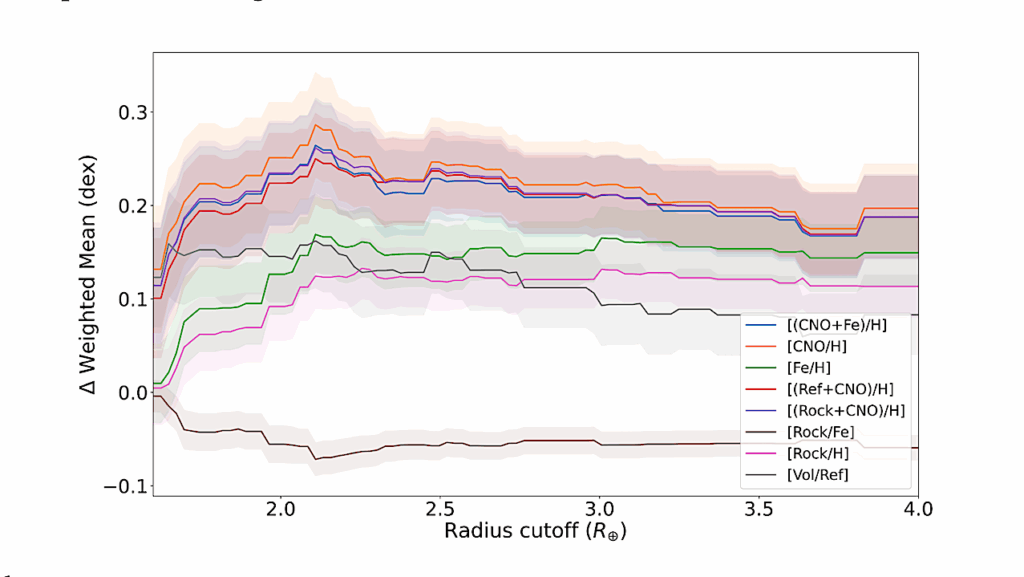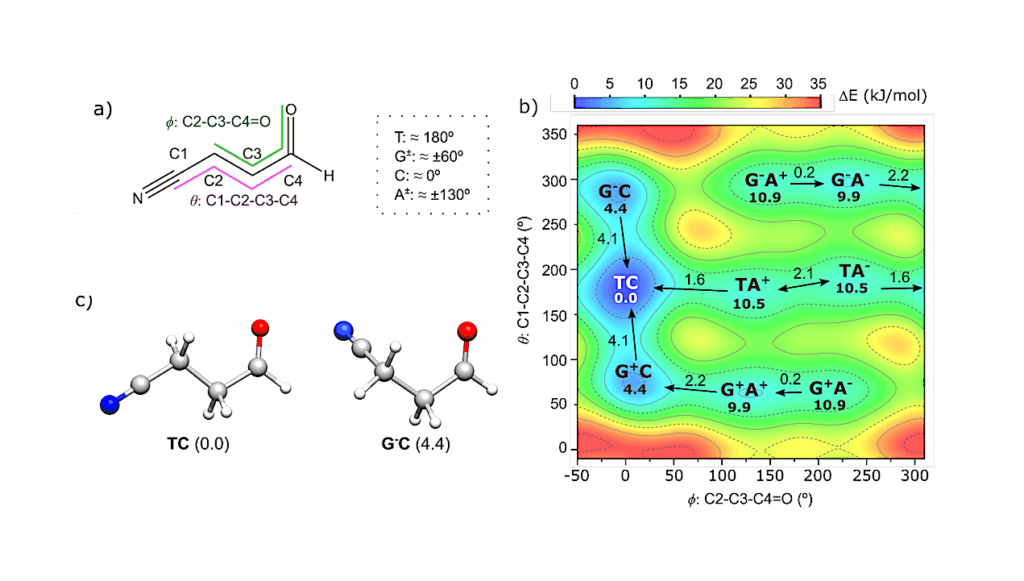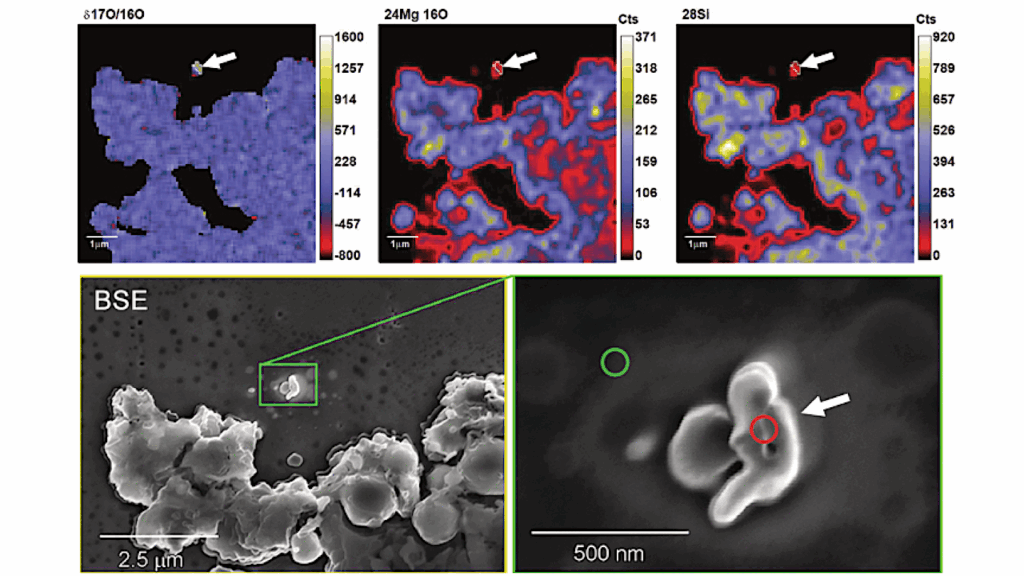The Ortho-to-para Ratio Of Water In Interstellar Clouds

The nuclear-spin chemistry of interstellar water is investigated using the University of Grenoble Alpes Astrochemical Network (UGAN). This network includes reactions involving the different nuclear-spin states of the hydrides of carbon, nitrogen, oxygen and sulphur, as well as their deuterated forms.
Nuclear-spin selection rules are implemented within the scrambling hypothesis for reactions involving up to seven protons. The abundances and ortho-to-para ratios (OPRs) of gas-phase water and water ions (H2O+ and H3O+) are computed under the steady-state conditions representative of a dark molecular cloud and during the early phase of gravitational collapse of a prestellar core. The model incorporates the freezing of the molecules on to grains, simple grain surface chemistry and cosmic-ray induced and direct desorption of ices.
The predicted OPRs are found to deviate significantly from both thermal and statistical values and to be independent of temperature below ∼30~K. The OPR of H2O is shown to lie between 1.5 and 2.6, depending on the spin-state of H2, in good agreement with values derived in translucent clouds with relatively high extinction. In the prestellar core collapse calculations, the OPR of H2O is shown to reach the statistical value of 3 in regions with severe depletion (nH>107~cm−3). We conclude that a low water OPR (≲2.5) is consistent with gas-phase ion-neutral chemistry and reflects a gas with OPR(H2)≲1. Available OPR measurements in protoplanetary disks and comets are finally discussed.
A. Faure, P. Hily-Blant, C. Rist, G. Pineau des Forêts, A. Matthews, D. R. Flower
Comments: 14 pages, 7 figures, accepted for publication in MNRAS on 29 May 2019
Subjects: Astrophysics of Galaxies (astro-ph.GA)
Journal reference: Monthly Notices of the Royal Astronomical Society, Volume 487, Issue 3, p.3392-3403 (2019)
DOI: 10.1093/mnras/stz1531
Cite as: arXiv:2201.02068 [astro-ph.GA] (or arXiv:2201.02068v1 [astro-ph.GA] for this version)
Submission history
From: Alexandre Faure
[v1] Thu, 6 Jan 2022 14:18:05 UTC (67 KB)
https://arxiv.org/abs/2201.02068
Astrobiology, Astrochemistry








